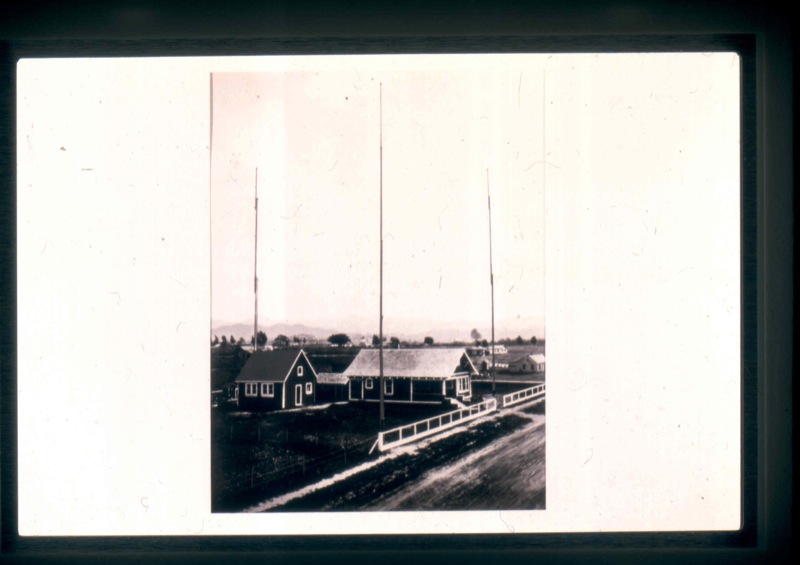
February 29, 1911
First Research Lab of Commercial Wireless and Development Company in Napa, CA. First Electro-dynamic telephone invented here.
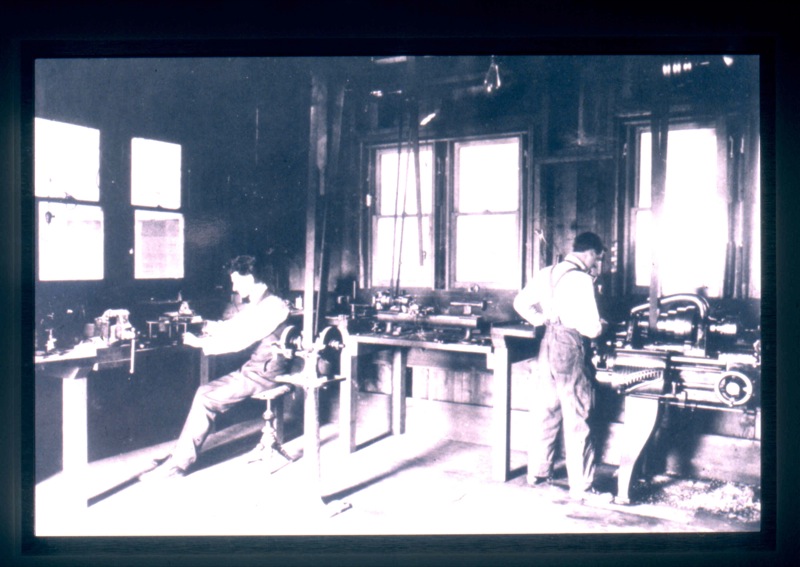
1913
Carl Albertus, master mechanic, and Hugh Sym, mechanic, working in the machine shop at Napa lab; 1913
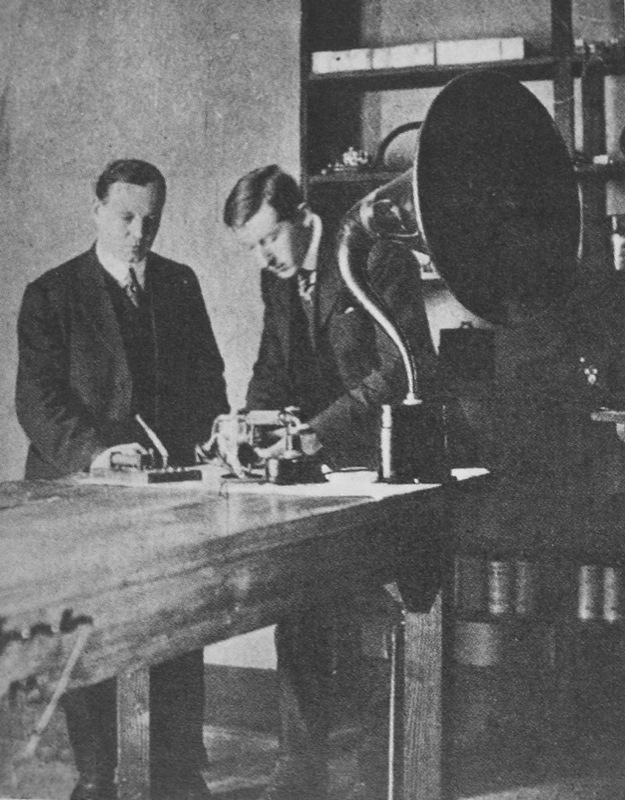
May 1915
Edwin S. Pridham and Peter L. Jensen, founders of Commercial Wireless and Development, in Napa lab with world’s first loudspeaker; May 1915
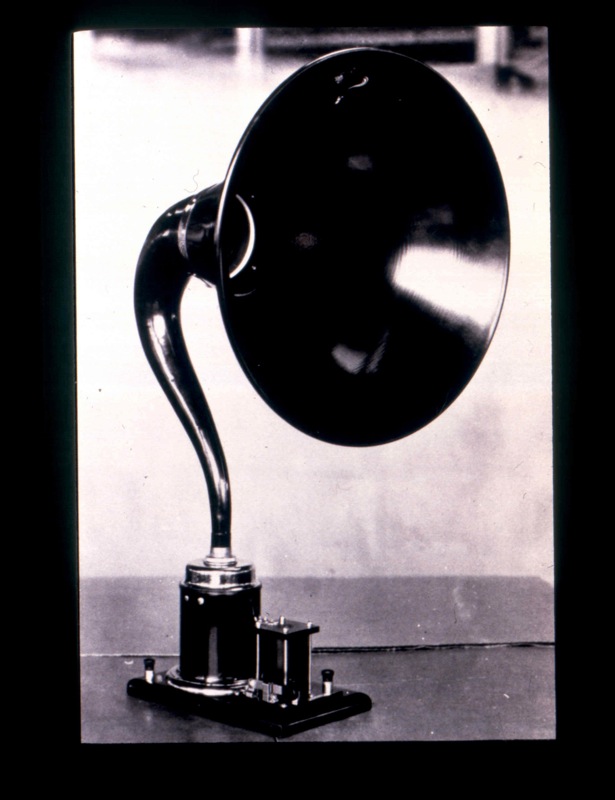
1915
World’s First Loudspeaker named the Magnavox, Latin for “Great Voice.”
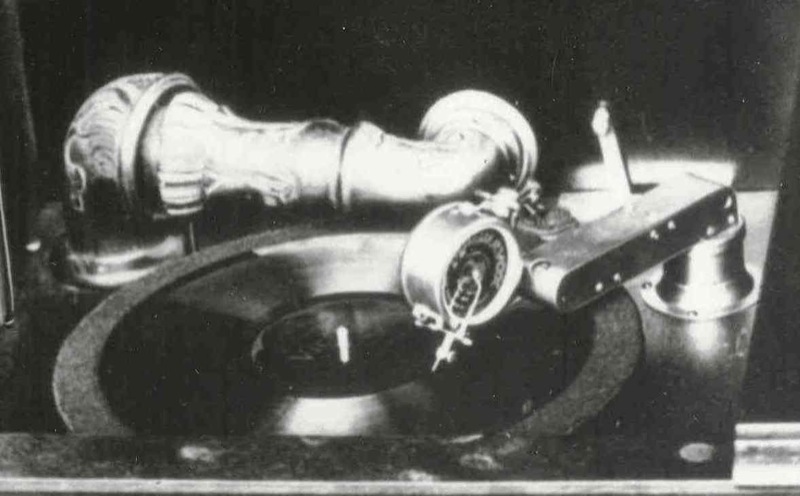
1916
Magnavox invented the first all-electric tone arm and pick-up in 1916.

July 5, 1917
With the developing line of products and after acquiring the Sonora Phonograph Distributing Company, The Magnavox Company was formed on July 5, 1917.
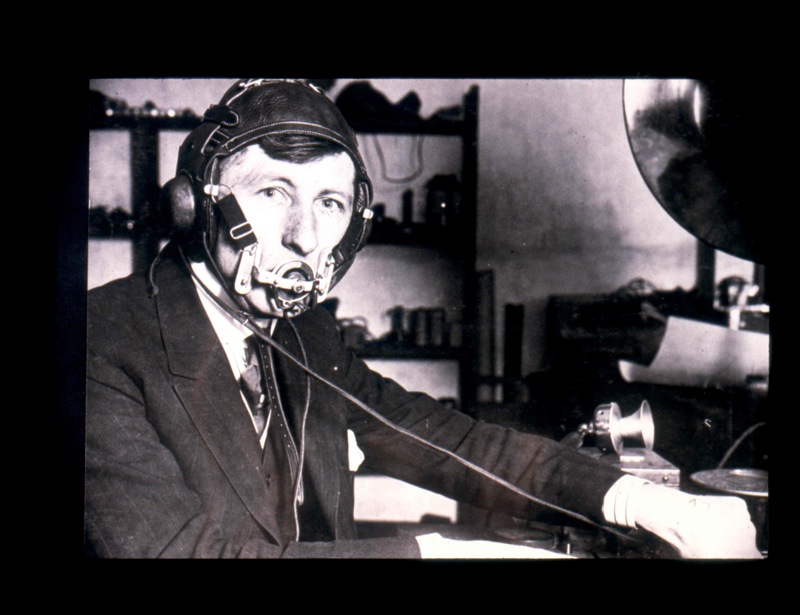
1918
Peter Jensen demonstrates newest invention, Anti-Noise Communication System, used by airplane pilots and on-board ships. This product had the greater impact on communications during WW 1 than any other item in the field of radios.
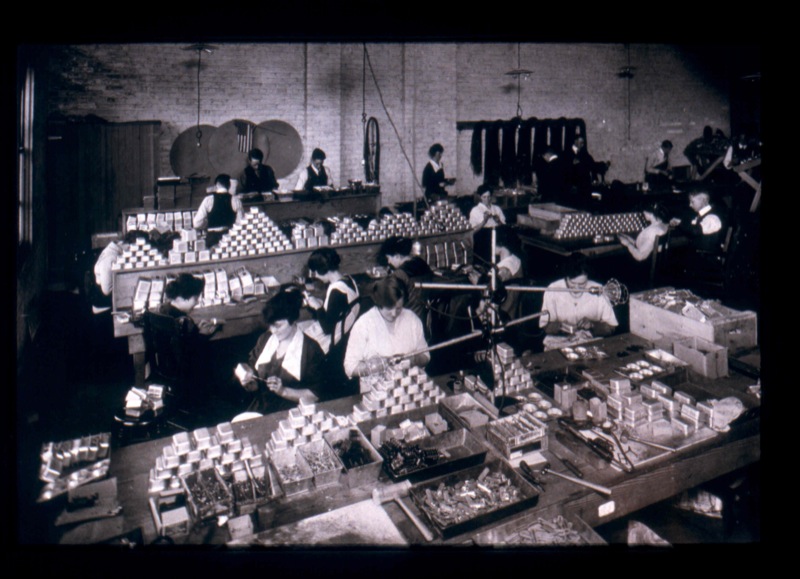
1918
Due to volume of business, manufacturing moved to San Francisco facility in 1918. Workers, predominately women, are shown assembling radio junction boxes for new Anti-Noise Communications System.
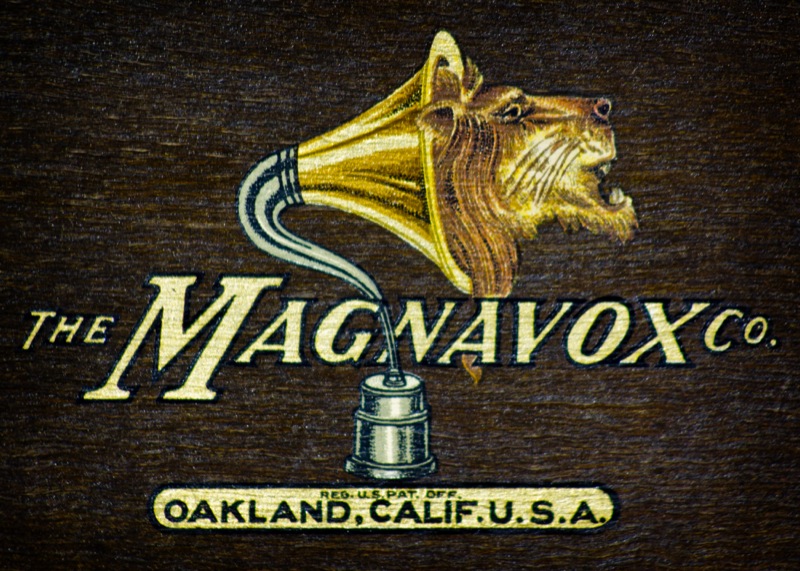
1919
A new production facility is built in Oakland, California in 1919 as is reflected in the new company logo.
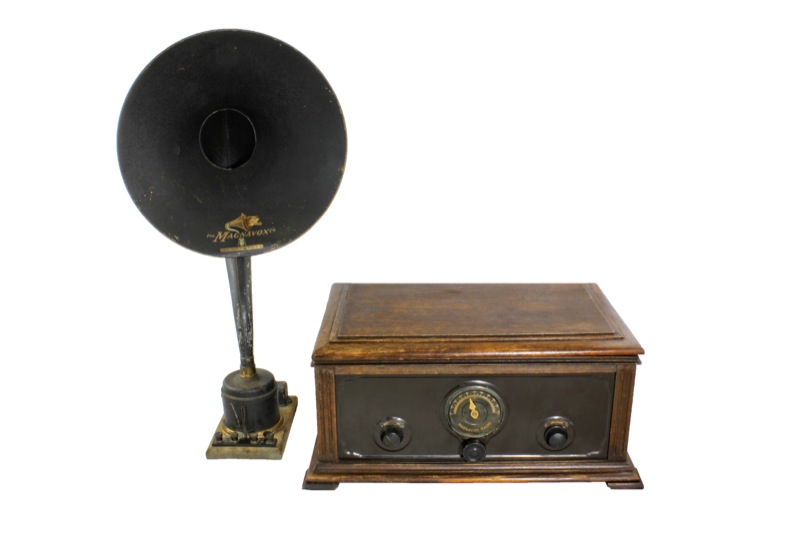
1923
In 1923, Magnavox invented the world’s first single-dial radio. The radio, TRF-5, is shown with the R3 speaker. The set used 2 RF and 2 Audio amplifier (type A) tubes, plus 1 detector tube (type D), A&B batteries and covered the AM broadcast band.
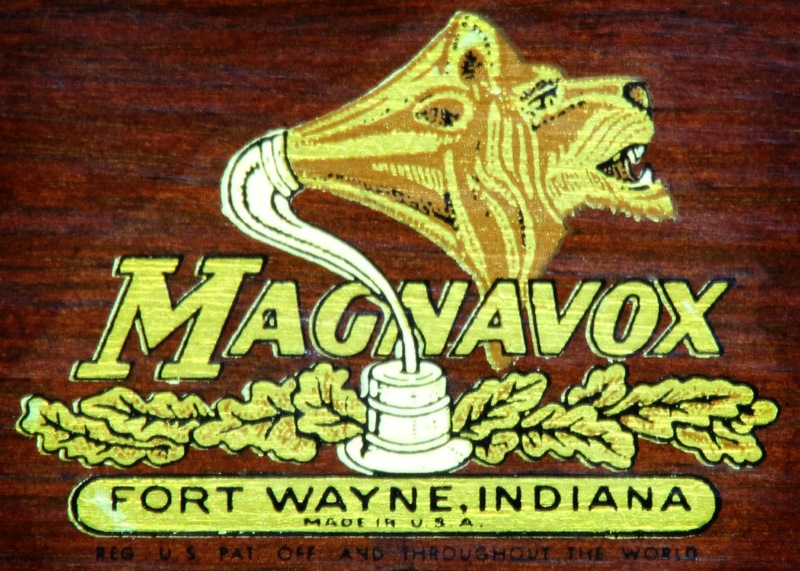
1930
In 1930, Magnavox moved operations to Chicago and then in 1931 moved to Ft. Wayne, Indiana. The move put the company in a more central location to their markets and at the heart of the country’s cooper wire production.
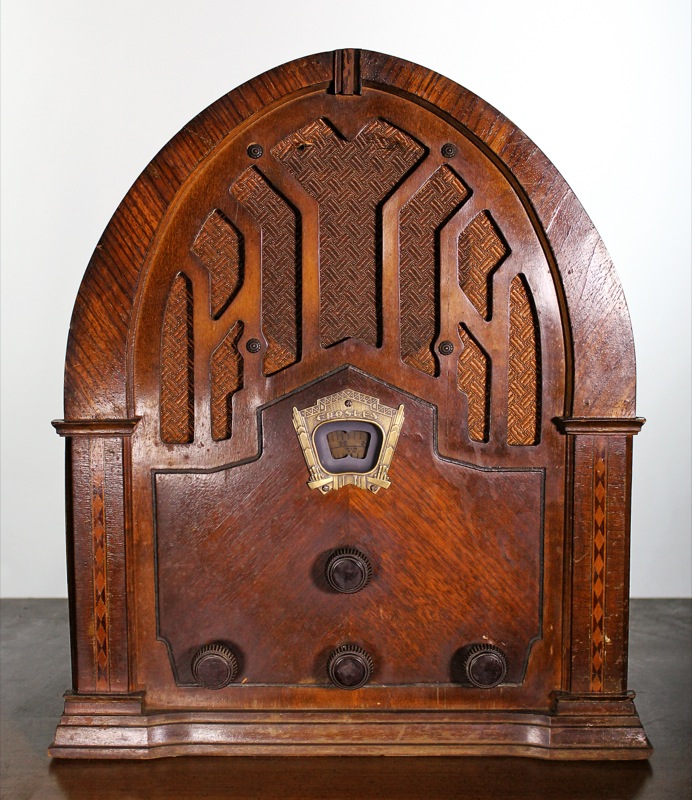
1932
Magnavox also supplied components to other companies. This 1932 Crosley Cathedral radio contains Magnavox parts.
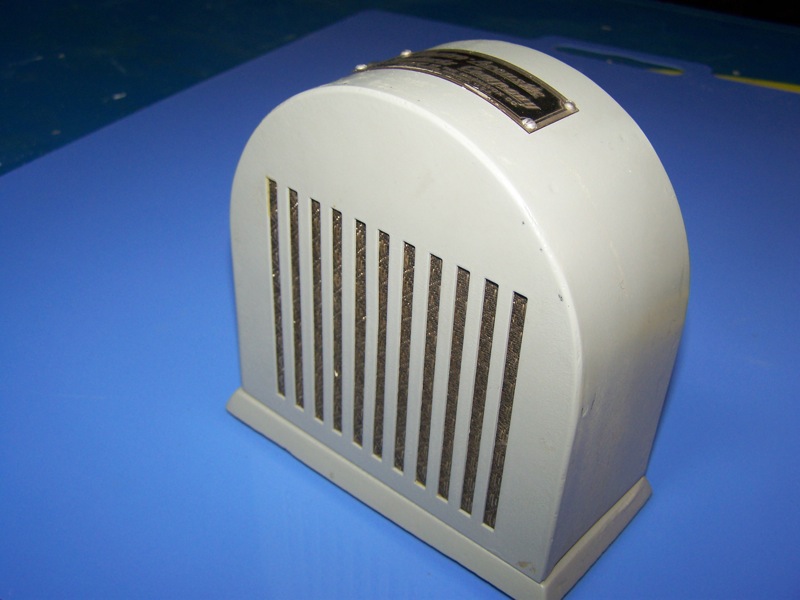
1934
In 1934, Magnavox acquired an interest in Electro Acoustics Products. The two companies consolidated in 1938. Shown is a loudspeaker made in 1938 for a U.S. Navy ship. Along with obtaining the assets of Electro Acoustics, it acquired its founder Frank Freimann who became a vice-president of Magnavox. In 1950 he became president and would lead Magnavox during its “glory years.”

1937
In 1937 Magnavox introduced its first table-top High-Fidelity and console units.
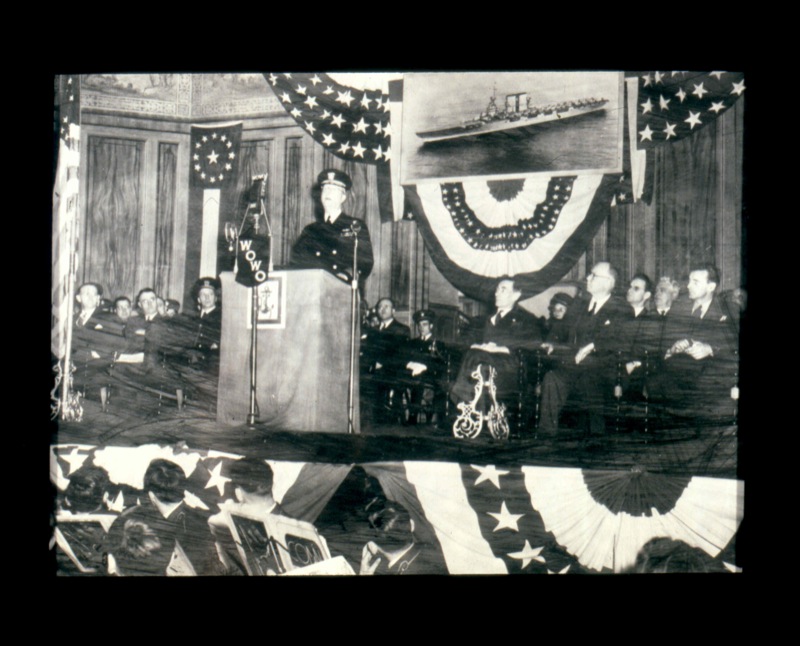
1942
During WW II Magnavox converted all production to the military. It was the first electronics industry manufacturer to be honored by the U.S. Navy with the “Navy E” award on Feb, 2, 1942. Among the officials present on the front row was Edwin Pridham, founder.
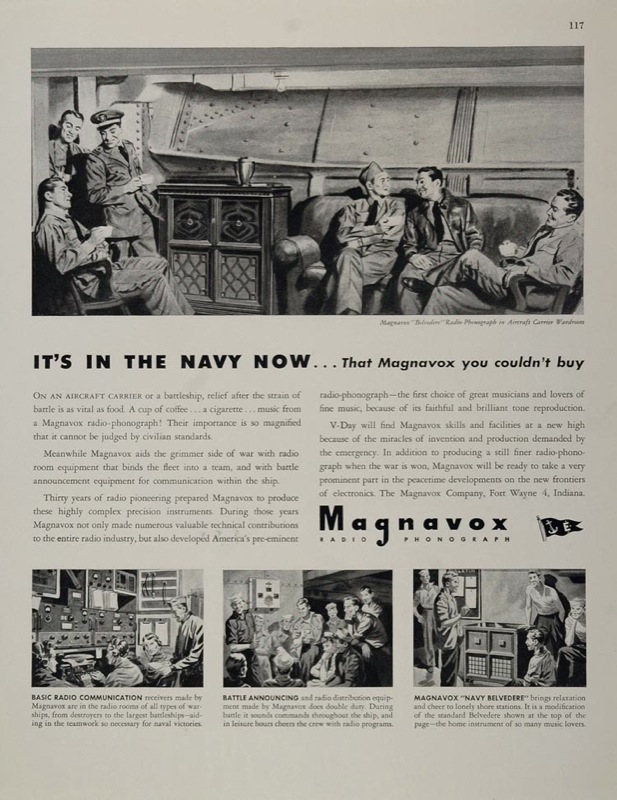
1944
“It’s in the Navy now…the Magnavox you couldn’t buy.” Under contact with the Navy, Magnavox made Belvedere models “tougher” and they were place on Navy ships. The ad states that Magnavox will return to the consumer market after the war.
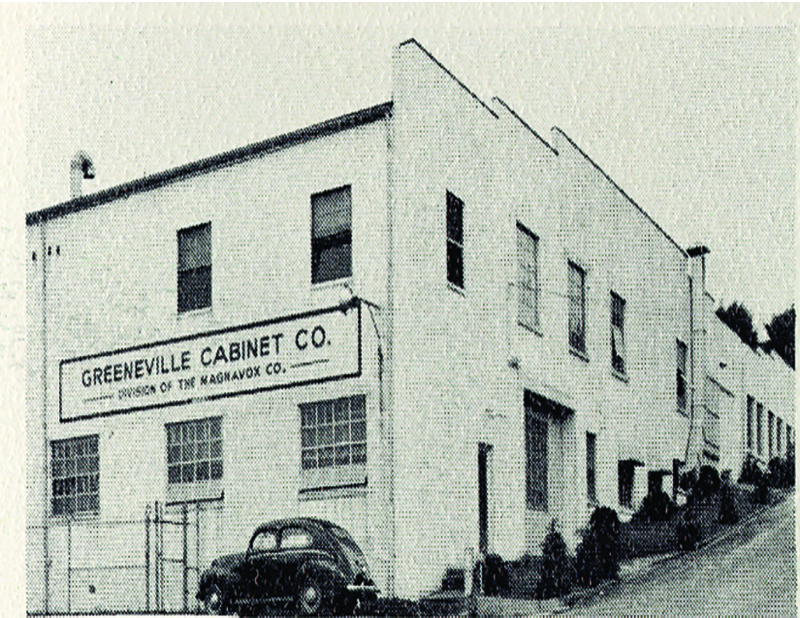
1947
With the end of WW II, Magnavox returned to producing consumer electronics for a rapidly growing market. In looking to open a cabinet plant in the south, it established the Greeneville Cabinet Co. (Plant #1) in Greeneville, Tenn. in 1947.
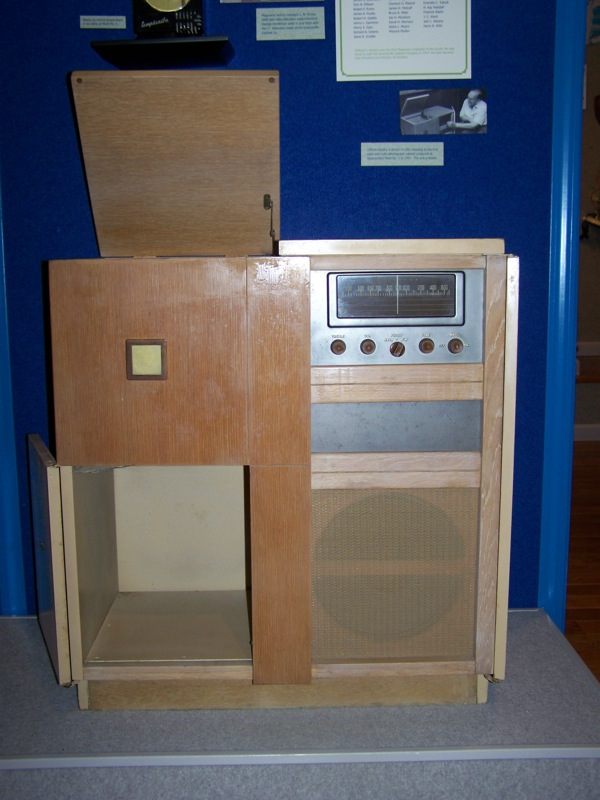
1947
In June 1947, the first prototype unit was produced in Greeneville. The unit included a record player and AM/FM radio. The unit was name the “Mayfair” when production began. The period marketing photo shows the commercial unit.
1948
Magnavox built its first TV in 1948. The MV 10 was intended as a modular unit or as a companion piece with radio-record player units. The cabinet was made in Greeneville, Tenn. The first television set to be produced in Greeneville occurred in July 1950.
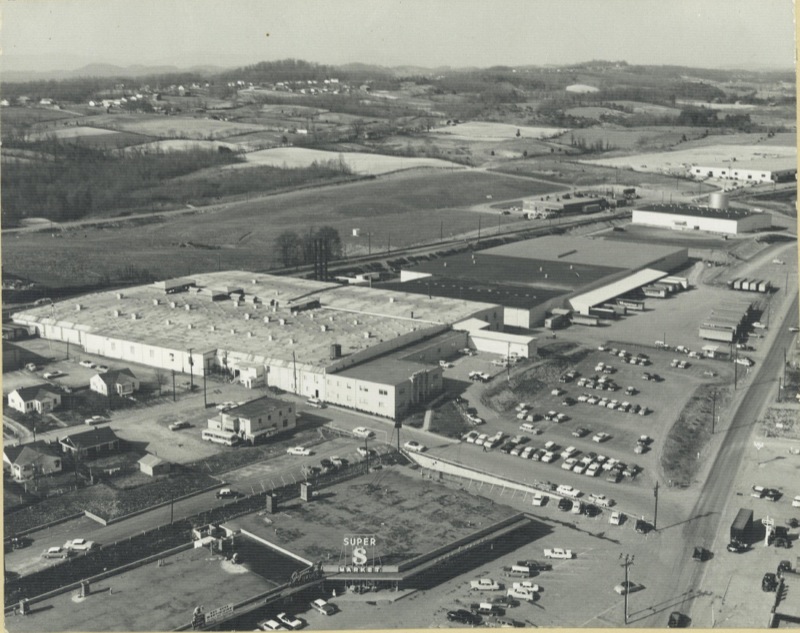
1952
In 1952, Plant #2 was built in Greeneville, Tenn. for primarily production of televisions.
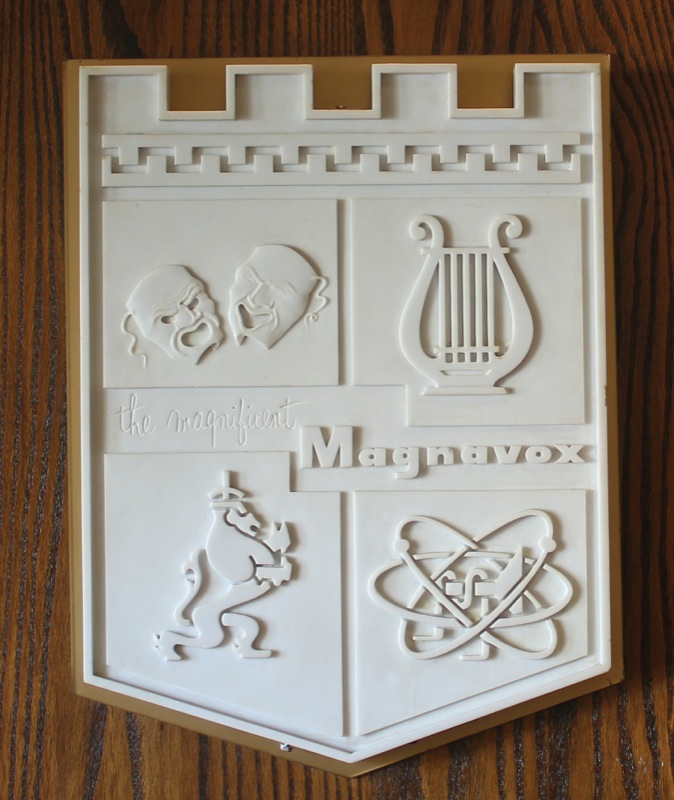
1954
A new logo was introduced in 1954 which traced the history of the company. This original prototype shows: the oscilloscope wave across the top, the masks of comedy and tragedy recognizing the history of radio-theater, the harp for music, the original trademark Lion, and the electronics symbol with the first loudspeaker. The very top of the shield has four parapets recognizing the home of Magnavox; Fort Wayne, Ind. The parapets were subsequently put on the fronts of all Magnavox buildings.
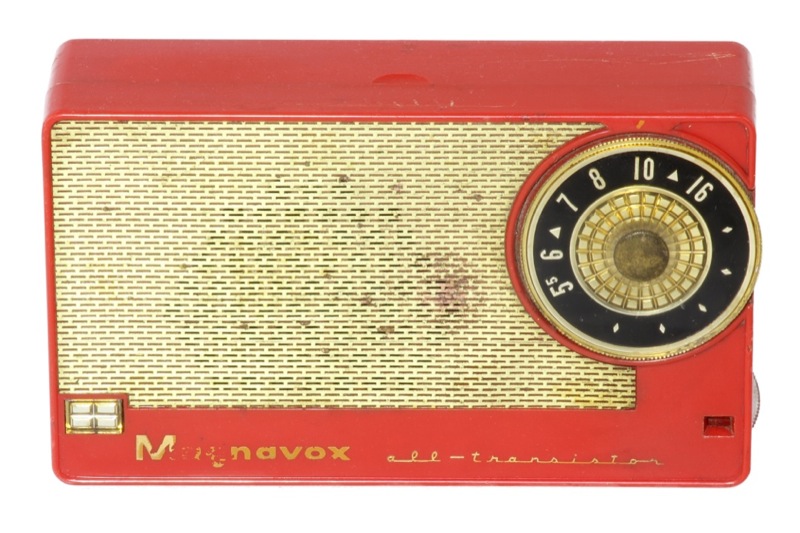
1957
Magnavox produced its first all-transistor radio in Greeneville, Tenn. in 1957. The cost was $79.95.
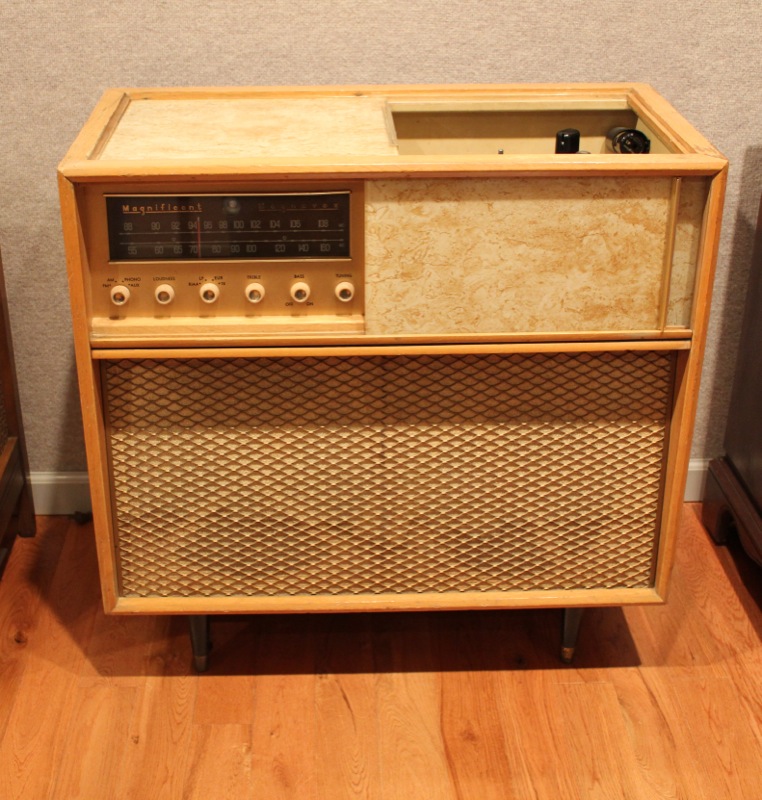
1958
Magnavox’s first stereophonic high-fidelity unit was introduced in 1958. The front and top sliding panels were reverse painted glass. The unit won “Best of Show” at the 1958 Chicago World Music Fair.
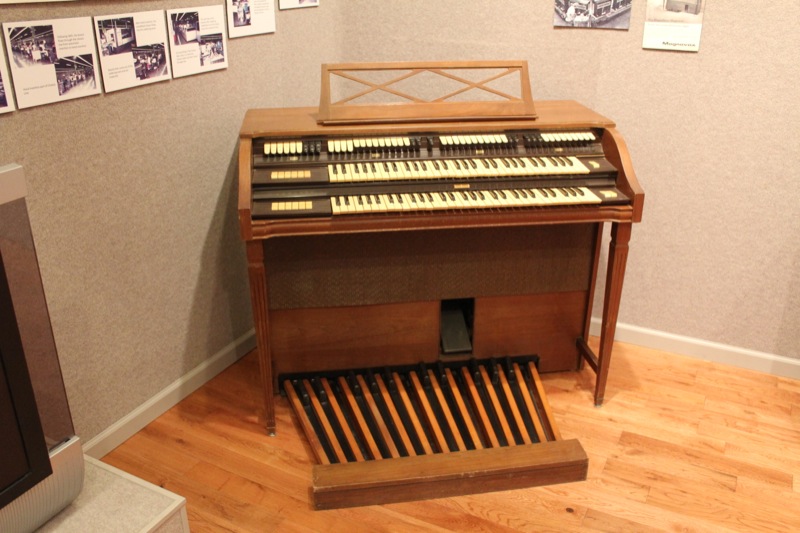
1959
Manufacturing of organs was moved to Greeneville from Urbana, IL in 1959. The line was discontinued in the mid-1960’s.
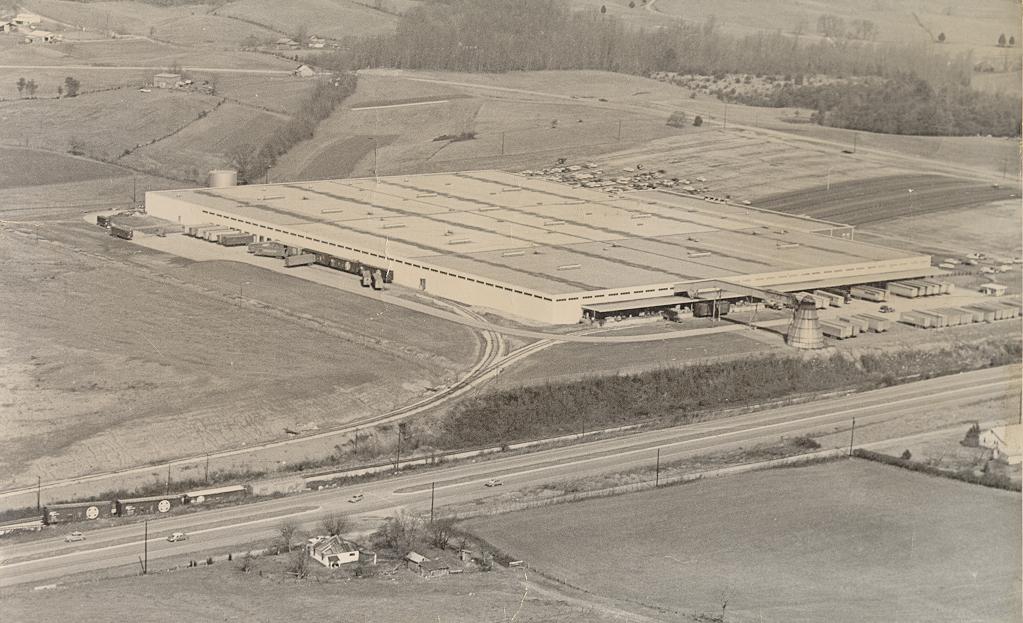
1962
Plant #3 was built in 1962. It was the largest TV manufacturing plant under one roof in the country.
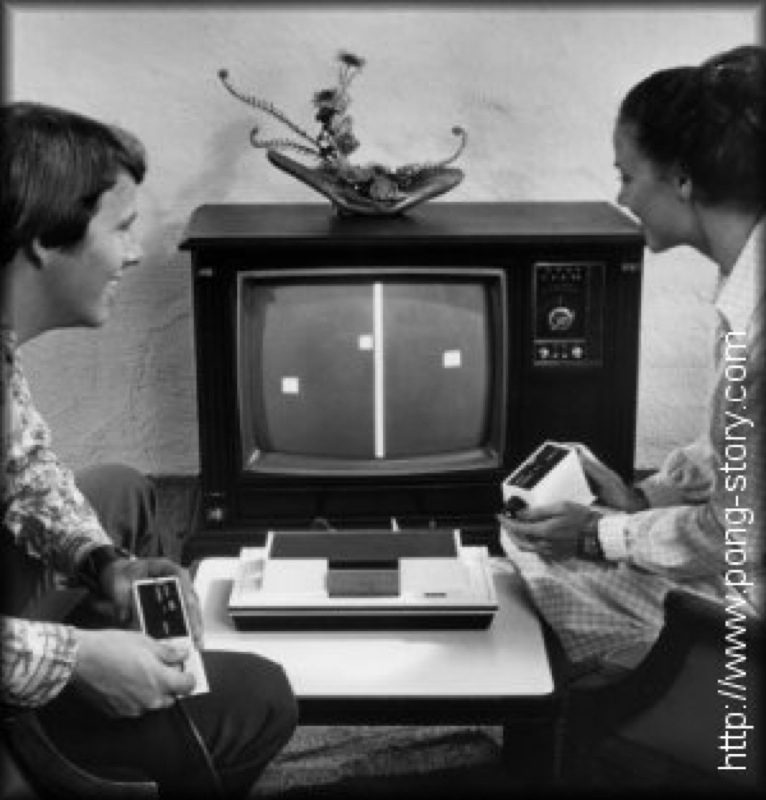
1962
Odyssey, the first home video gaming system in the country was introduced in 1972.
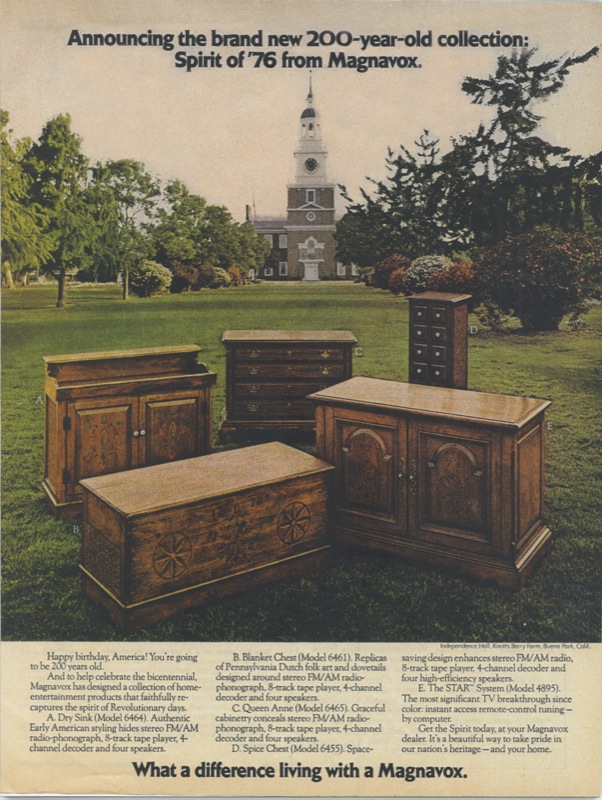
1974
In 1974, Magnavox introduced the “Spirit of ‘76” line for the Bicentennial. Among the unique units was the Spice Chest. Opening the front panel revealed an AM/FM radio and 8-track stereo player.

1978
Magnavision, the first laserdisc video format was introduced in 1978. This gave a new definition to home entertainment.
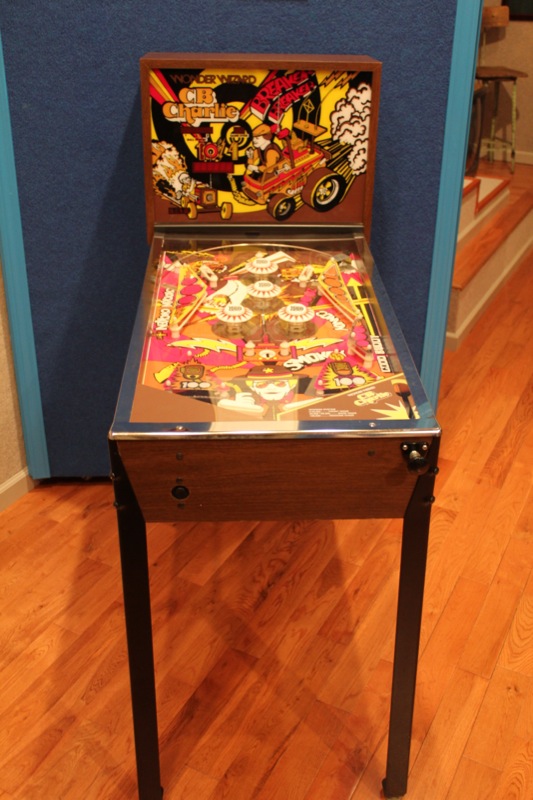
1979
Magnavox ventured into a new realm of home entertainment in the late 1970s with the production of home pinball machines. These machines were produced in Morristown, Tennessee.
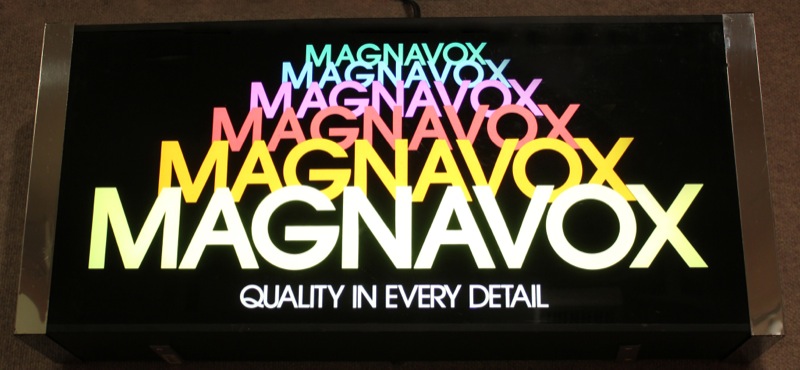
1982
Magnavox updated its logo in 1982 with a more contemporary look.
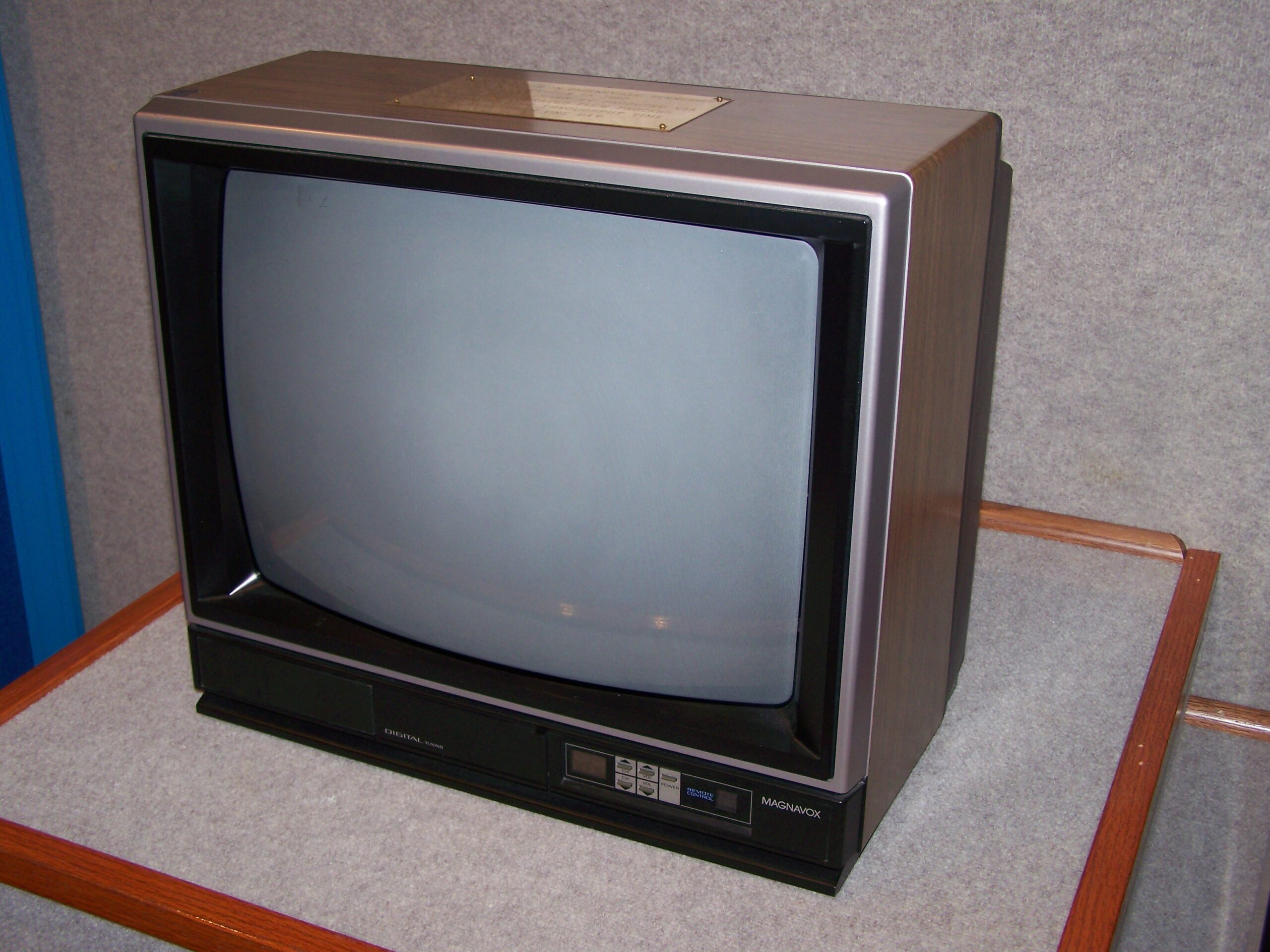
1991
On August 2, 1991, the 25th millionth TV was produced in Greeneville.
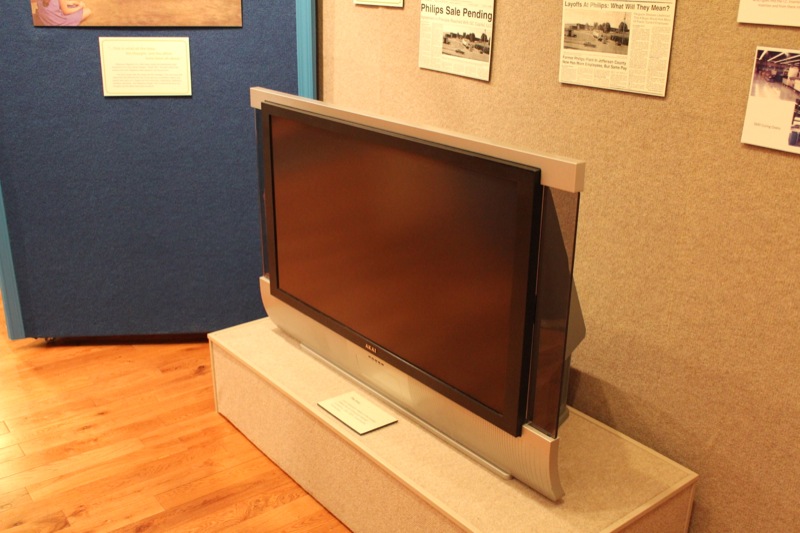
2005
The last TV made in America was built in Plant #3 in July 2005. It was made by Five Rivers Technology, the successor to Philips Consumer Electronics operations in Greeneville. It carried the AKAI label.